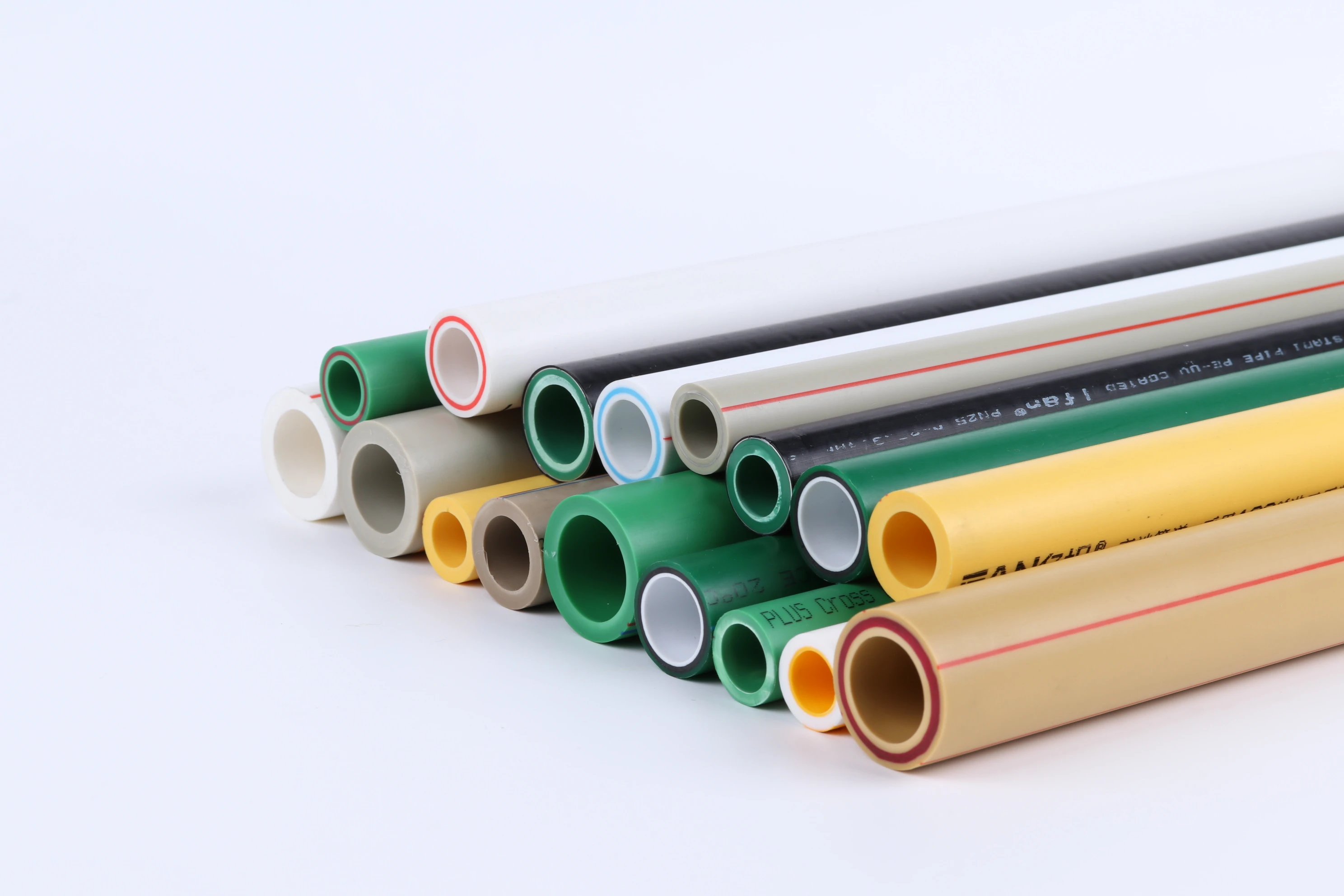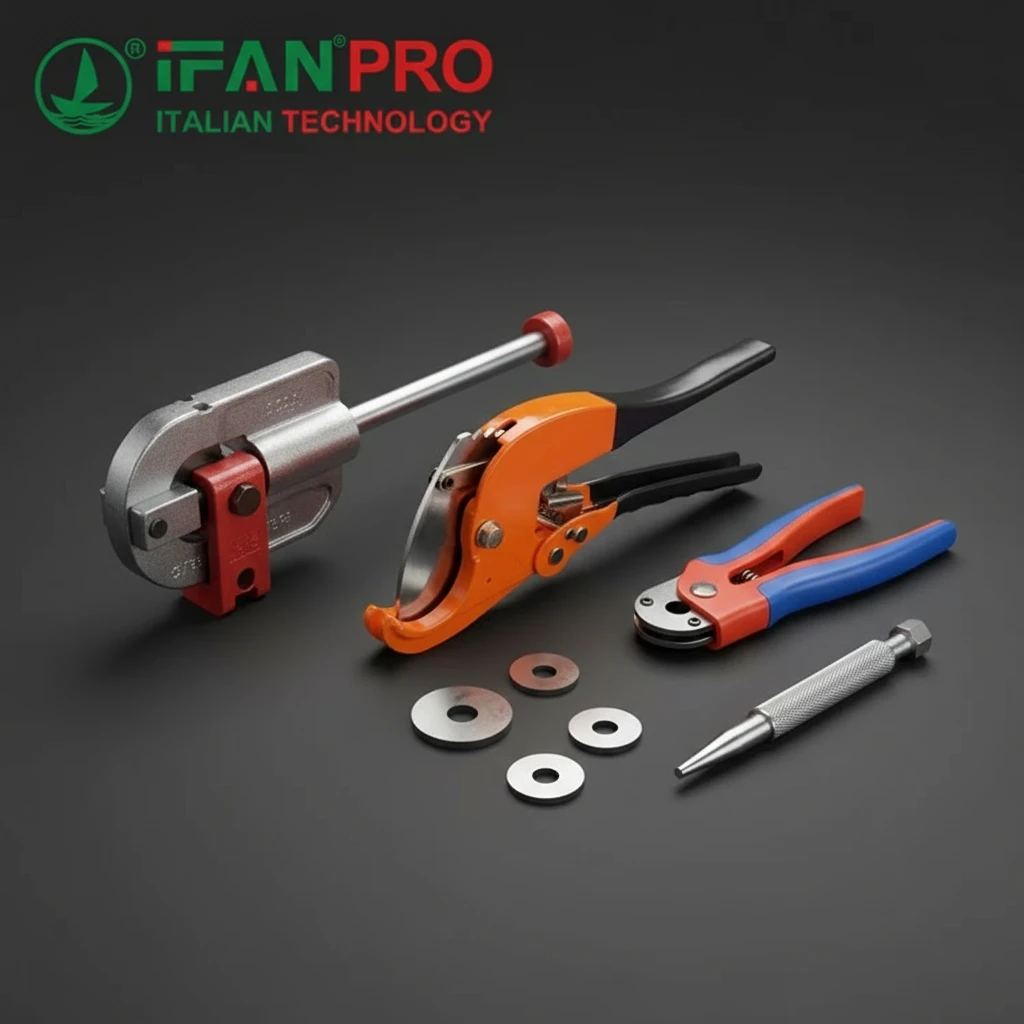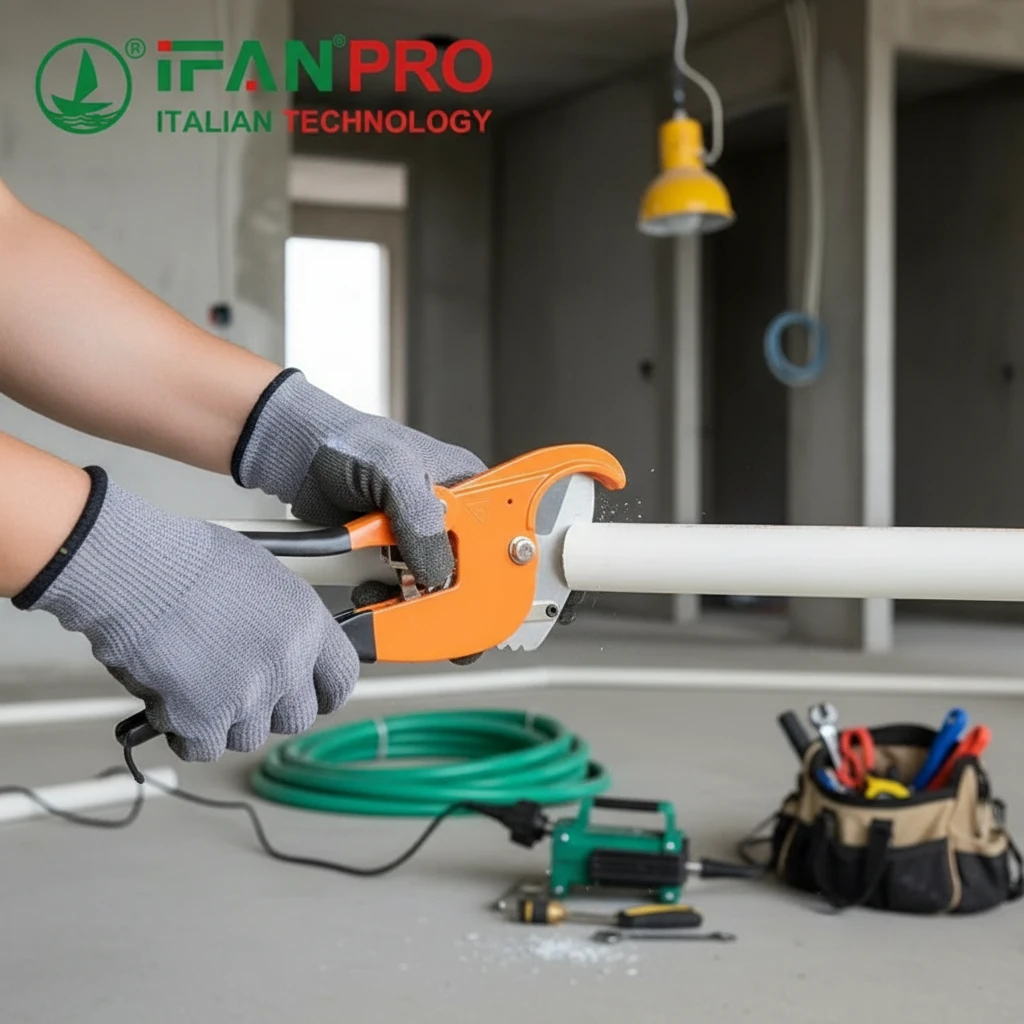Pipe fitting sizes follow standardized measurements worldwide. Understanding these standards ensures proper connections and system efficiency. The most common sizing systems include nominal pipe size (NPS), international standards (ISO), and metric measurements.
Understanding Nominal Pipe Size (NPS)
NPS represents the approximate internal diameter of pipes. Standard sizes range from 1/8 inch to 48 inches. However, actual internal diameters vary based on wall thickness.
Common residential sizes include:
- 1/2 inch – Typical for water supply lines
- 3/4 inch – Main water distribution
- 1 inch – Large appliance connections
- 1.5 inches – Drain lines
Industrial applications require larger dimensions. These range from 2 inches to 48 inches or more.
International Sizing Standards
ISO standards use metric measurements. DN (Diameter Nominal) indicates approximate internal diameter in millimeters.
Popular ISO sizes:
- DN15 (1/2 inch equivalent)
- DN20 (3/4 inch equivalent)
- DN25 (1 inch equivalent)
- DN50 (2 inch equivalent)
European markets primarily use these metric standards. Asian manufacturers often provide both systems.
Material-Specific Sizing Considerations
Different materials follow unique sizing conventions. Steel pipes use NPS measurements. Copper tubing uses actual outside diameter. PVC pipes follow their own standards.
Steel Pipe Fittings
Schedule ratings determine wall thickness. Common schedules include 40, 80, and 160. Higher numbers indicate thicker walls.
Copper Fittings
Type K, L, and M designate wall thickness. Type K offers maximum durability. Type M provides cost-effective solutions.
PVC and Plastic Fittings
SDR (Standard Dimension Ratio) affects sizing. Lower SDR numbers mean thicker walls. Pressure ratings vary accordingly.
Thread Standards for Fittings
NPT (National Pipe Thread) dominates North American markets. BSP (British Standard Pipe) prevails in international applications.
NPT features tapered threads for tight seals. BSP uses parallel threads with O-rings or gaskets.

Critical Sizing Factors
Temperature affects pipe expansion. Pressure requirements influence wall thickness. Chemical compatibility determines material selection.
Flow rate calculations depend on internal diameter. Turbulence increases with rough internal surfaces. Smooth bore fittings optimize flow characteristics.
Application-Specific Size Selection
Сантехника для жилых помещений
Water supply lines typically use 1/2″ to 1″ fittings. Drain systems require 1.5″ to 4″ connections. Gas lines follow specific safety standards.
Промышленные системы
Process piping demands precise sizing calculations. Pressure drop analysis determines optimal dimensions. Safety factors account for system variations.
HVAC Applications
Refrigerant lines use copper tubing sizes. Condensate drains require specific slopes. Insulation affects external dimensions.
Custom Sizing Solutions
Standard sizes don’t always meet unique requirements. Custom fabrication solves specialized applications. Professional manufacturers provide engineered solutions.
Factors requiring custom sizing:
- Unusual pressure requirements
- Special material compatibility
- Space constraints
- Unique connection methods
Measurement Best Practices
Use proper measuring tools for accuracy. Calipers measure outside diameters precisely. Internal diameter gauges verify bore sizes.
Account for gasket thickness in calculations. Consider thermal expansion in design. Document all measurements for future reference.
Common Sizing Mistakes
Mixing measurement systems causes errors. Ignoring wall thickness variations creates problems. Overlooking thermal expansion leads to failures.
Always verify compatibility before installation. Check pressure ratings against system requirements. Confirm thread types match exactly.
Quality Standards and Certifications
ASTM standards ensure consistent quality. ISO certifications validate international compliance. Industry-specific standards may apply.
Look for proper markings on fittings. Verify material certifications when required. Maintain documentation for critical applications.
Future Trends in Pipe Sizing
Metric adoption continues globally. Digital measurement tools improve accuracy. 3D printing enables custom geometries.
Smart fittings incorporate monitoring capabilities. Modular systems simplify installations. Sustainability drives material innovations.
Заключение
Standard pipe fitting sizes follow established systems worldwide. NPS and ISO measurements dominate different markets. Material types influence sizing conventions significantly.
Proper sizing ensures system reliability and efficiency. Custom solutions address unique requirements effectively. Professional guidance prevents costly mistakes.
Understanding these standards enables informed decisions. Accurate measurements prevent installation problems. Quality fittings deliver long-term performance.
For specialized applications requiring custom pipe fittings and professional sizing guidance, experienced manufacturers provide comprehensive solutions tailored to your specific needs.













Последние комментарии